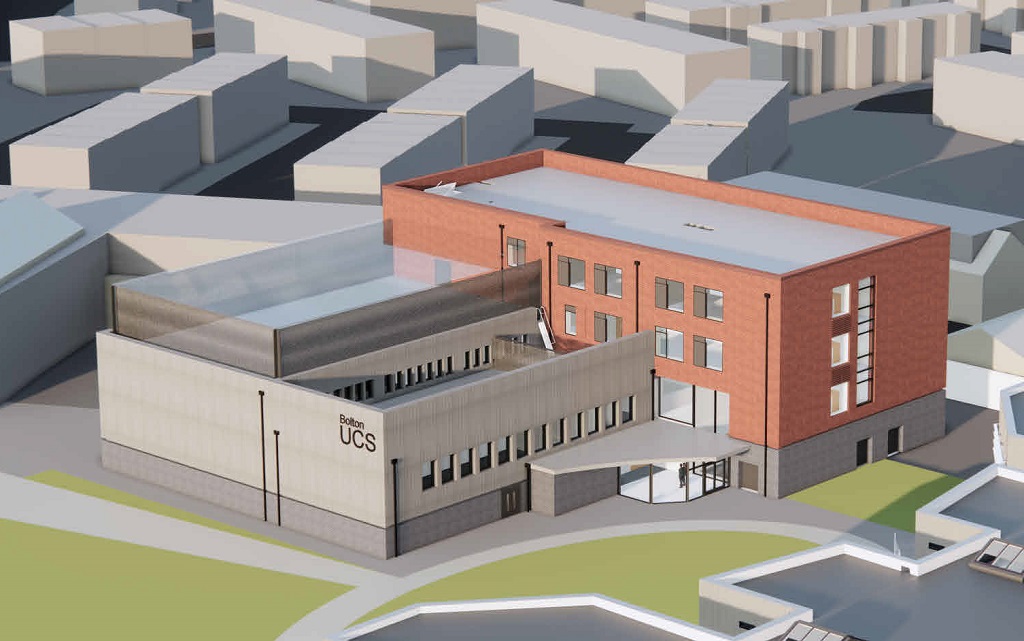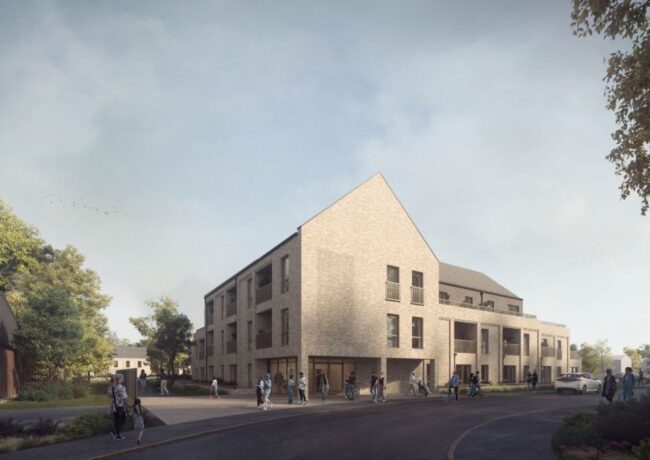Commentary
VIDEO | What does the future look like for SME housebuilders?
There is no denying that the country is in the midst of a housing crisis. How can we enable and support small and medium-sized developers in delivering these much-needed homes? That was the focus of a roundtable discussion hosted by Close Brothers Property Finance.
Participants:
- Suzanne Benson, Trowers & Hamlins
- David Boyes, Dalbergia
- Greg Dickson, Barton Willmore, now Stantec
- Ben Fearns, Novo
- Dan Joyce, Close Brothers Property Finance
- Kevin Marren, Eccleston Homes
Key talking points
Place North West senior reporter Dan Whelan chaired the discussion, which piggybacked off Close Brothers recently released report State of Play 2022-2023: Challenges and Opportuities facing SME homebuilders. The conversation covered a variety of challenges facing SME housebuilders: inflation, rising cost prices, labour shortages, and a sluggish planning system.
With a mixture of developers, project managers, planners, solicitors, and finance experts in the room, the discussion managed to attack the topic from a variety of angels.
If real change is going to happen, the panellists agreed that local planning departments need more resources. Several felt there was a need to depoliticise the planning system, noting that applications can be refused despite meeting planning criteria.
The group also discussed how to bring more young people into the field, using Close Brothers’ Tomorrow’s Developer event as an example.
The conversation also touched on the need to boost confidence in the market that they can deliver. The government’s role in this, both on the local and national level, was said to be significant. This includes helping support a stable economy, which would encourage institutional investors to be more active on the SME side of things.
You can hear highlights from the roundtable in the video at the top of this article, as well as on the Place North West YouTube channel.





The single biggest thing developers could do to speed planning approval would be to deliver attractive, varied, well designed and environmentally friendly (i.e. reasonably low density) housing schemes which enhance the character of the area, as opposed to the sort of bland, ugly, hyper-dense characterless dross that invariably detracts from the quality of life of everyone else in the neighbourhood. Unless they can do this, people will always be motivated to block them at every turn.
By Matthew Jones
I was going to comment on this but Matthew Jones put my gripe across perfectly, build better homes for goodness sake !!
By Martin Silcock
Looking good there Kev
By JW
@Matthew Jones – “environmentally friendly (i.e. reasonably low density)” – low density housing is less environmentally friendly: if you spread the same number of people out over more space, they are more likely to use cars, which (electric or not) need road space. High density housing is, all else equal, better for the environment.
By Salfordian
@Salfordian
Matthew Jones said reasonably low density, which I interpreted as not quite low density but lowish.
Generally, I agree with Matthew’s points in his comments. I personally would aim for what’s known as ‘gentle density’ ie mid-rise, higher end of middle density urban development, interspersed with lots of greenery, trees and wildlife corridors. There are lots middle ways between stumpy skyscrapers and sprawl.
By SW